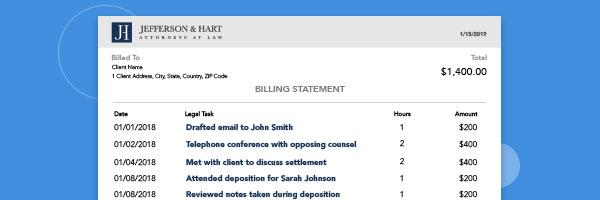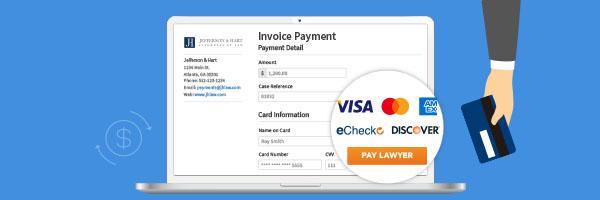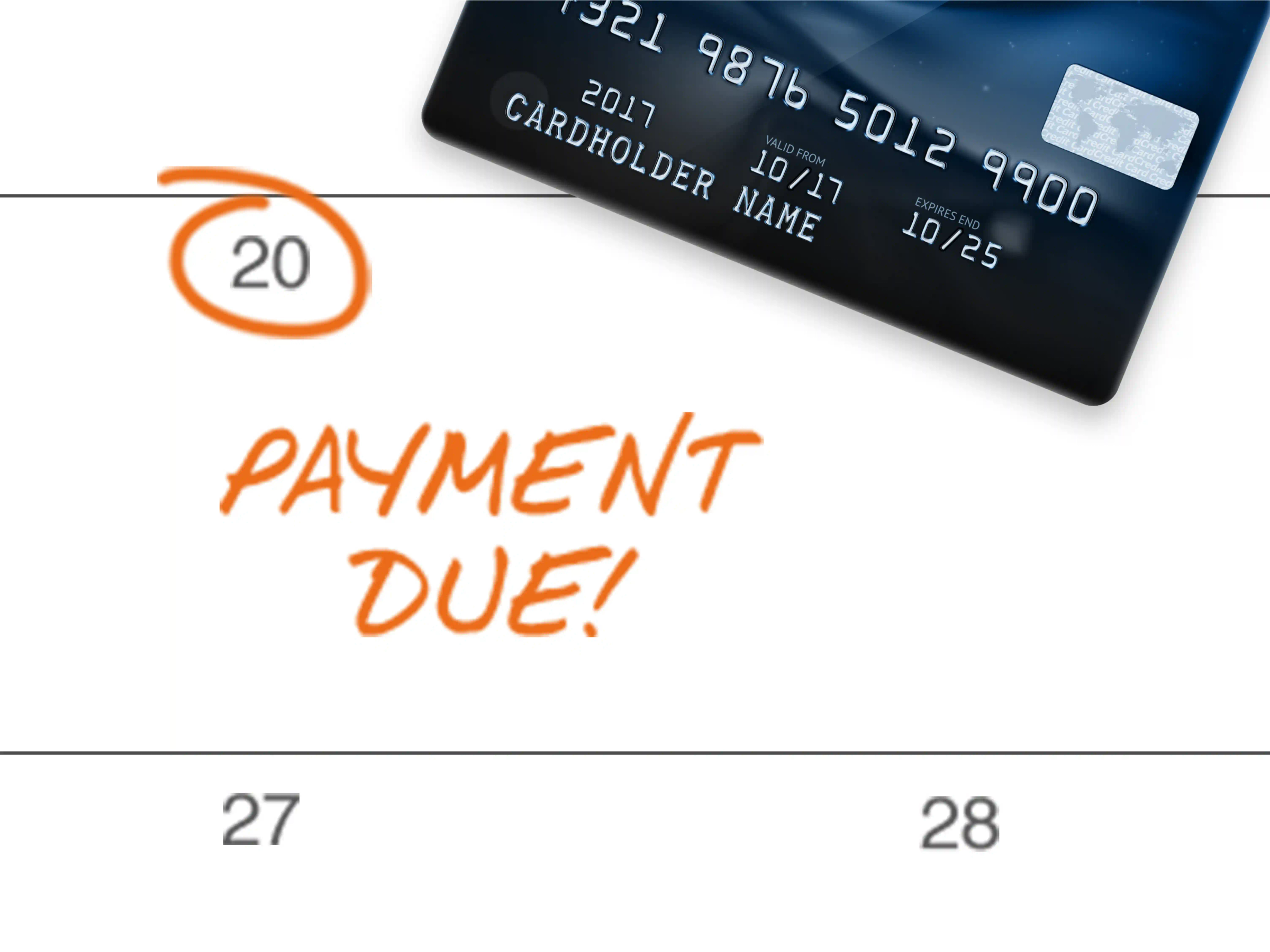Chasing down non-paying clients is the bane of most lawyers’ existence. And when you’re already spending an additional three and a half weeks on unplanned work every year, it makes settling overdue accounts that much more frustrating.
You may not be able to avoid ever having to deal with non-paying clients. However, if you take some intentional steps throughout your case, you can certainly reduce the incidence of non-payment. Here are three strategies lawyers can use to decrease the number of non-paying clients they deal with.
Schedule a demo to see what LawPay can offer your firm.
Book Now
Thoroughly Discuss Terms During Client Intake

In your first meeting with a potential client, review a comprehensive, itemized list of your fees as well as your payment expectations. Confirm the prospective client understands and feels comfortable with all aspects of the agreement. If they seem hesitant, ask them to share their concerns.
An open dialogue allows you to clear up misconceptions and fill in knowledge gaps, preventing any misunderstandings that can affect payments down the road. It also helps you determine if you need to provide a more limited scope of services, or if the potential client just isn’t a good fit for your firm. If during the intake process, you and the prospective client decide on a reduced scope, make sure to outline exactly which tasks are and are not included in the agreement.
You must ensure you and the potential client are 100 percent aligned from day one.
Communicate Regularly

Likely, the vast majority of the work you do for a client will not be performed in front of her. So if she rarely sees you in person and your primary communication is an invoice with a single line item for “Services Rendered”, she may feel less than thrilled about just cutting you a check, no questions asked.
Realistically, you can’t send daily email updates to every client. But to prevent payment delays, you should at least make sure the important correspondence (i.e., billing statements) meets certain criteria:
1. Descriptive and easy to understand.
You don’t have to outline your time to the minute, but use separate line items for the larger tasks and include a brief summary of the work you did. As much as possible, avoid legal jargon. Your objective is to give the client visibility into what you’re doing for them. And if you use too much technical language, your client may end up with even more questions. (As an added bonus, having these details documented can also be helpful if a client attempts to contest a charge in the future.)
2. Delivered electronically and via postal mail.
Letters still sometimes get lost in transit and emails can get caught in SPAM filters. That’s why you should always send digital as well as hard copies of every invoice and keep records of when each was sent. Not only does this help you to accommodate the preferences of both older and younger clients, but it also makes it more difficult for a client to claim she never received a statement.
3. Sent at approximately the same time each month.
As part of your intake process, establish when the client would prefer to receive her invoices. When she can pay you is likely impacted by when she gets paid. Thus, if you can ensure your invoice arrives consistently around, say, the 15th, there’s a greater chance she’ll be able to properly budget for it.
Sometimes you might find yourself in a bit of a holding pattern due to circumstances outside your or your client’s control and so you won’t have anything to bill for one month. In those situations, whenever possible you should try to still send some sort of note to let your client know her case hasn’t fallen by the wayside. It’s a small gesture but it shows your client you appreciate her situation. When a client feels appreciated, she’s less inclined to be oppositional when it comes to payment.
Be Flexible About Payments

Ideally, every client would give you a lump sum at the beginning of the agreement that would adequately cover your costs even if you didn’t receive a single dollar more from them. Realistically, though, this isn’t exactly feasible for everyone.
One option is to have the client pay as much as they can up front and then establish an “evergreen retainer.” With an evergreen retainer, the client agrees to maintain a predetermined minimum balance in his trust account and replenish the funds in the account when they fall below that amount. Evergreen retainers allow clients to secure your services without enduring financial hardship while still allowing you to get started on their case without risking non-payment.
Schedule a demo to see what LawPay can offer your firm.
Book Now
In addition to flexible reimbursement options, offering multiple payment methods can decrease opportunities for delinquent accounts. While cash and checks are, of course, the standard, for many Americans they are becoming increasingly less popular ways to pay for products and services. In fact, only about half of all U.S. adults make sure they have cash on hand.
Consequently, a growing number of law firms are now accepting credit card and eCheck payments. And the most forward-thinking practices use online payment solutions, which make it even easier to avoid non-payment. With an online payment solution, you can accept payments in-person or on a secure payment page. You can also save yourself time by automating your invoicing and billing processes.
Unfortunately, there will likely be instances where you make the payment process as easy and straightforward as possible and clients still don’t pay. While unpleasant, collections are part and parcel of running your own business. However, if you follow this advice, you’ll be in a position where dealing with non-payment can be a little less painful and far less frequent.
About the author

Callie Hinman
